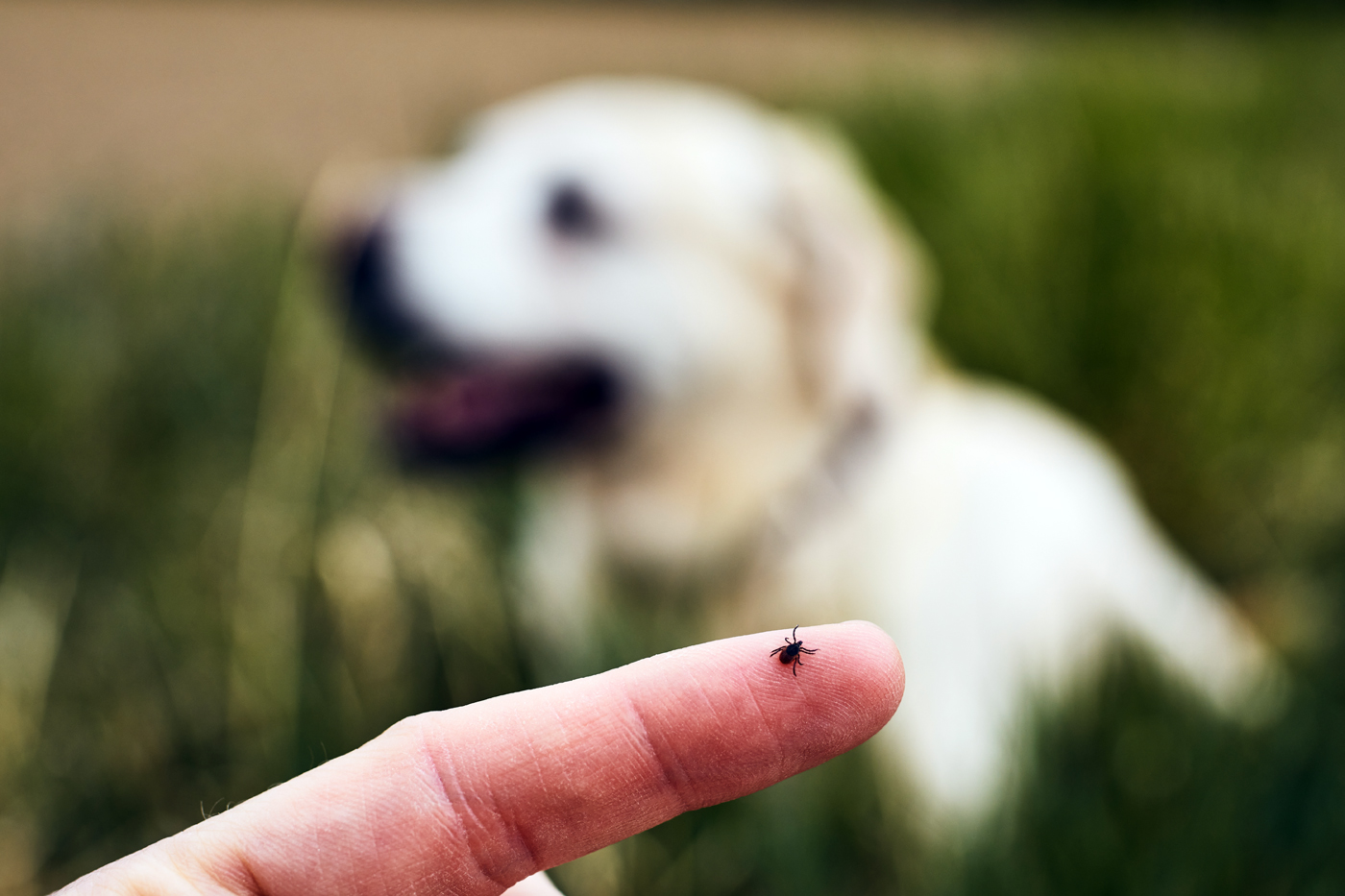As summer approaches, so does the warm weather and outdoor adventures with our adventure buddies. However, the sunny season also brings an unwelcome guest – ticks. These tiny parasites can pose a significant threat to our furry friends, potentially causing a range of health issues. In this Pawzine installment, we’ll cover some things you need to know to protect your pets from ticks this summer.
What Are Ticks?
Ticks are arachnids, not insects, and they thrive in warm and humid environments. They attach themselves to animals, including pets, to feed on their blood. Ticks can transmit various diseases, making them a concern for both pets and humans.
Types of Ticks
There are different species of ticks, with the most common ones being the American dog tick, the black-legged tick, and the brown dog tick. Each type has its unique characteristics and potential health risks.
Tick-Borne Diseases
Ticks can carry diseases like Lyme disease, and Ehrlichiosis. These diseases can have severe consequences for your pet’s health if left untreated.
Allergic Reactions
Some pets may be allergic to tick bites, leading to skin irritation and discomfort. Identifying these allergies is crucial for your pet’s well-being.
Preventive Measures
Regular Tick Checks
Perform routine tick checks on your pet, especially after outdoor activities. Pay close attention to areas such as the ears, neck, and paws.
Tick Control Products
Consider using tick control products recommended by your veterinarian. These can include topical treatments, collars, and oral medications to repel or kill ticks.
Tick-Proof Your Yard
Keep your yard clean and well-maintained. Regularly mow the grass and remove any leaf litter or tall vegetation, as ticks often hide in such environments.
Avoid High-Risk Areas
When taking your pet for a walk or hike, try to avoid areas known for a high tick population, such as dense woods or tall grass fields.
Tick-Repellent Clothing
For particularly tick-prone areas, invest in tick-repellent clothing for your pet, such as vests or bandanas treated with tick-resistant solutions.
Responding to Tick Bites
Safe Removal
If you find a tick on your pet, it’s crucial to remove it safely. Use fine-tipped tweezers to grasp the tick close to your pet’s skin and pull it out with steady pressure.
Seek Veterinary Attention
After tick removal, consult your veterinarian to ensure that no part of the tick remains embedded in your pet’s skin. They can also provide guidance on potential health risks.
Summertime is a fantastic period for you and your pets to enjoy the outdoors. However, it’s essential to be aware of the potential dangers that ticks pose. By following the preventive measures mentioned in this article, you can ensure a tick-free and safe summer for your furry companions.
FAQs
1. Can ticks transmit diseases to humans?
Yes, ticks can transmit diseases to humans, making it crucial to protect both pets and their owners from these parasites.
2. How often should I check my pet for ticks during the summer?
Regular tick checks should be performed after each outdoor activity and ideally on a daily basis.
3. What are the signs that my pet may have a tick-borne disease?
Symptoms can vary, but common signs include fever, lethargy, lameness, and joint pain.
4. Are natural tick repellents effective for pets?
While some natural remedies may help, it’s often recommended to use veterinarian-approved tick control products for the best protection.
5. Is there a specific tick season, or are they a year-round concern?
Ticks are most active during warm months, but in some regions of SA, they can be a concern year-round. Regular preventive measures are essential.
The PawPaw Team

